Chris Bowman and Benjamin Harrison, co-founders of the podcast Let’s Drink About It, let us in our their strategy for stocking (but not cluttering) the perfect bar cart.
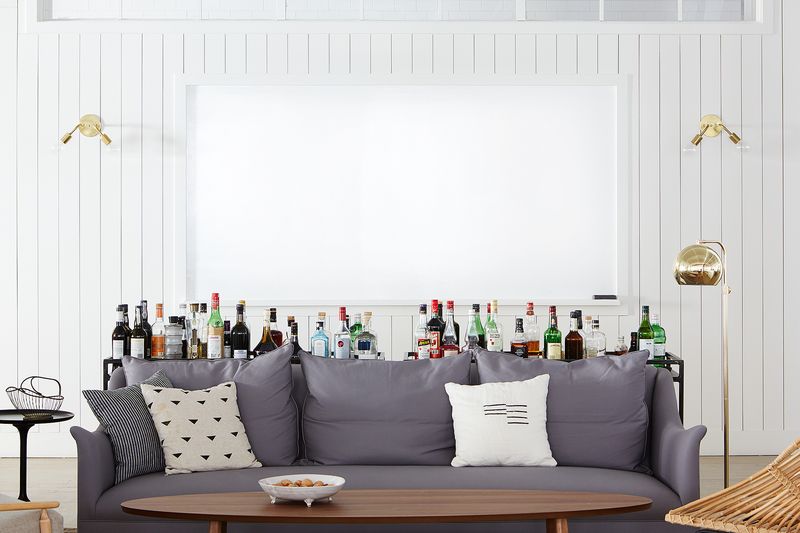
The Food52 office bar cart is actually two, shimmied up behind an open lounge.
The best way to amass a comprehensive liquor collection is to start a cocktail podcast with your friend.
We know that because we started Let’s Drink About It last year, and we now have three fully stocked home bars (Toronto, New York, and L.A.). A couple of the dangers of having a large booze collection is the potential for a disorganized mess, and a lot of bottles you’ll never use twice.
We’ve made hundreds of cocktails on our show, and it’s helped us narrow down the stuff that you actually need if you want a tidy, efficient, and functional bar cart. If you’re interested in having a great home bar for making cocktails, you should build it incrementally. Pick one or two cocktails that you like to drink, get the ingredients you need to make them, and then move on to another recipe when you're ready.
As you master each drink, you’ll build your bar and your repertoire, and then everyone will want to come over and drink your booze. On second thought, maybe this plan just backfired?
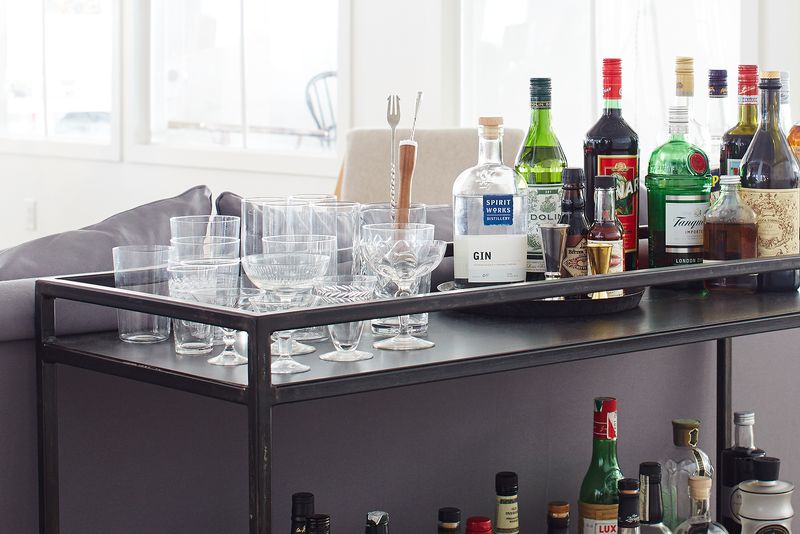
Need a bar cart? Our blackened steel model, designed by Brad Sherman, is plenty big but minimal in disposition.
On the other hand, if you’d rather go out and get all your home bar supplies at once, the checklist below will get you a very versatile cart. These are the ingredients, tools, and drinks we recommend to get mixing:
1. The Wet Goods:
Core Bottles
- Gin
- Vodka
- Bourbon
- Tequila
- Light rum
- Dark rum
- Orange liqueur
- Vermouth (white and red, please keep these in the fridge, not the cart)
- aromatic bitters
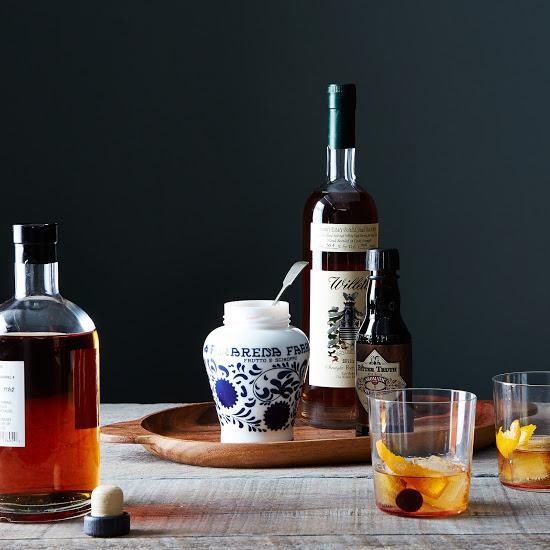
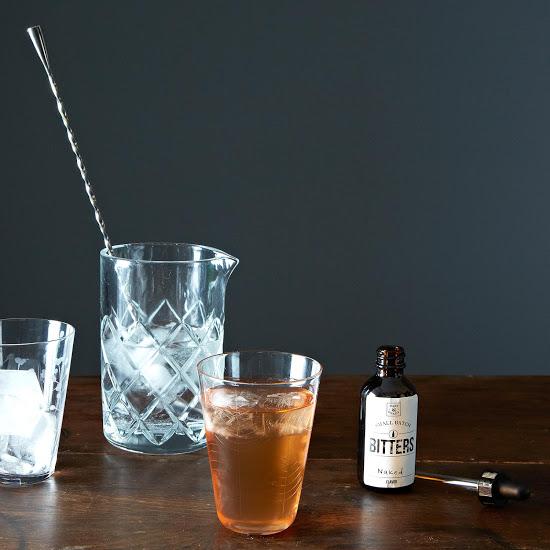
Core Non-Booze Ingredients
One thing you’ll notice no matter what stocking approach you take is that a few ingredients will come up repeatedly. You want to try and avoid running to the corner store every five minutes, so it pays to have those ingredients at the ready. If you’re planning on entertaining, it’s always a pro-move to have more citrus than you think you’ll need, for example. Featured cocktails are also a good idea when you invite people over, so you can easily limit your list of supplies. You’re almost guaranteed to forget something in a free-for-all open bar scenario.
2. The Tools:
Things You Need
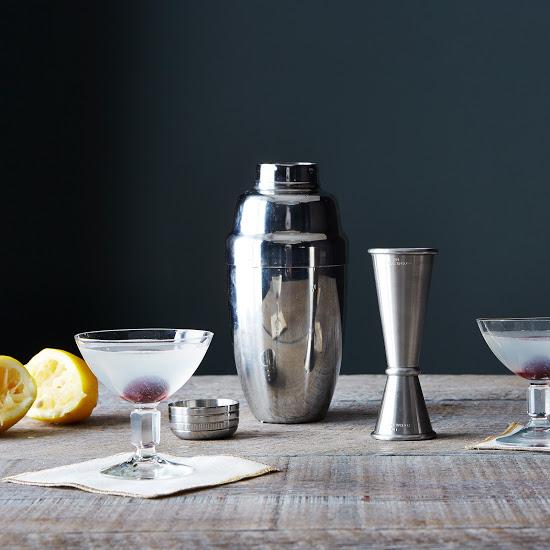
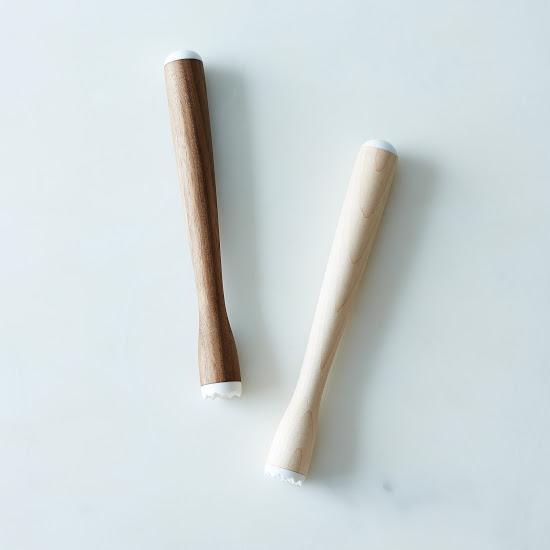
Junk You DON’T Need
- Ice bucket
- Decanter
- Store-bought syrups
There’s a ton of bar equipment out there, but you only need a few key tools. Keeping in mind a bar cart is usually on display, you’ll want to minimize the clutter. All you need is a way to measure, shake and stir, and strain—the rest of it is strictly optional. There are limited opportunities to use an ice bucket, for example. If you’re hosting an event poolside, then an ice bucket is an asset, but if you’re an apartment dweller or live in a modest sized home, the refrigerator is never too far away. (For the record, we hope you’re in a position to do everything poolside.)
We believe in buying only tools that will serve multiple functions, or that will be used frequently. Buy good, high quality stuff that isn’t going to end up in a landfill any time soon, even if that means spending more up front. Estate sales and thrift stores will have great—and often more interesting—options for almost all of what you need for a fraction of the retail price.
3. The Drinks
Now that you have your cart assembled, it’s time to use it. Here are some fantastic starter cocktail recipes that we recommend you try.
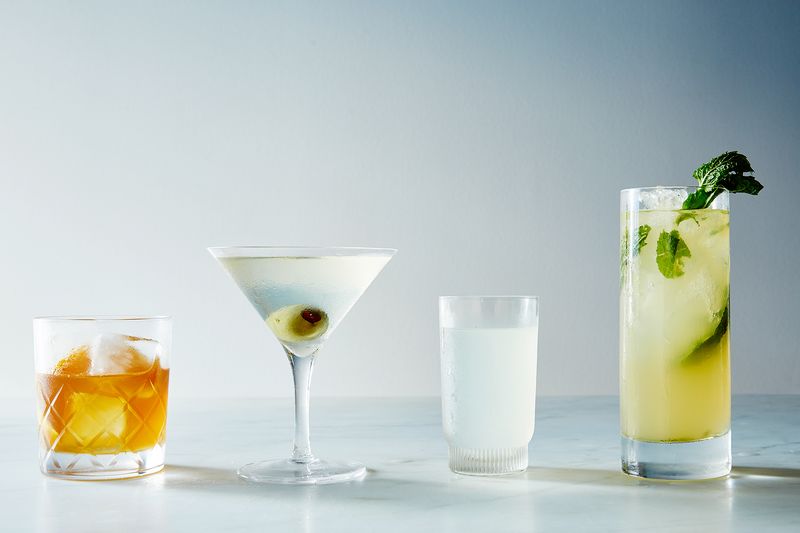
The Home Bartender's Starter Kit: a few drinks to kick start your bar cart journey.
Bar cart and cocktail shaker photographs by Mark Weinberg; muddlers and cocktail photographs by James Ransom.








See what other Food52 readers are saying.